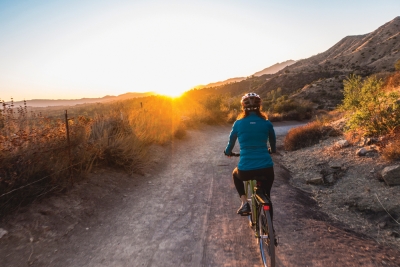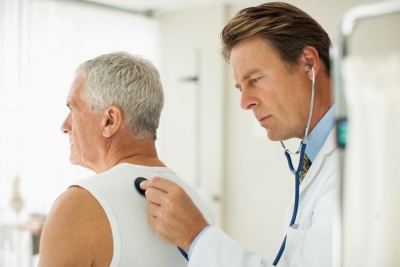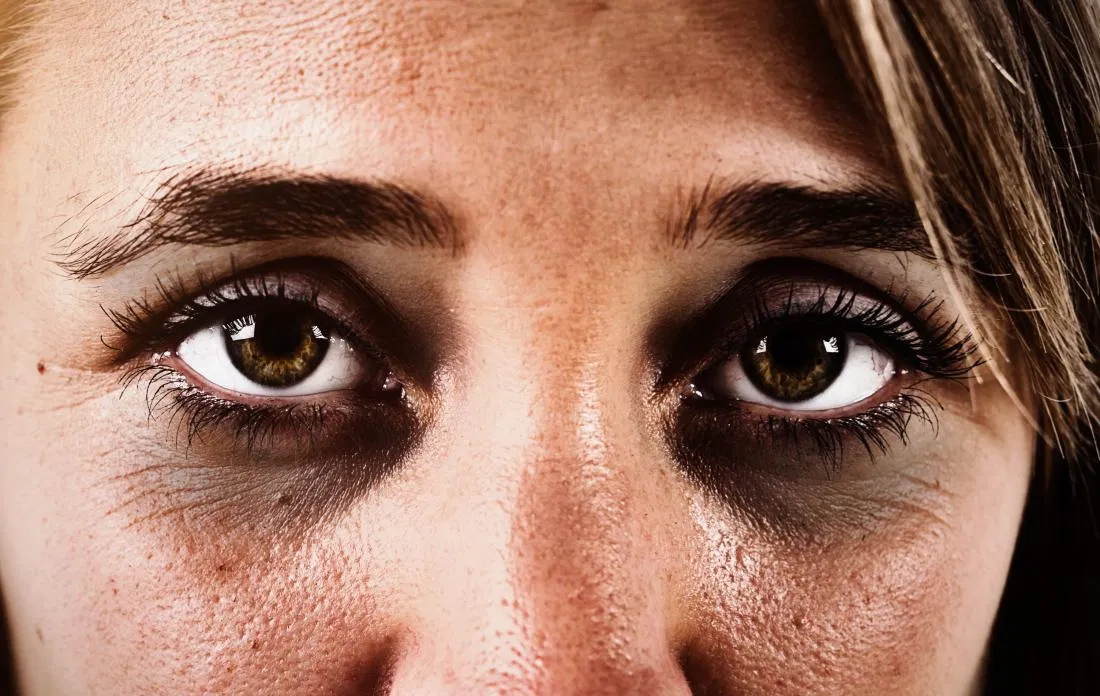
Among the numerous days celebrated the world over, the one that profoundly impacts the present as well as future generations is World Bicycle Day. Well, on 3 June every year, since 2018, the U.N. General Assembly dedicated this day to celebrate the joy of riding bicycles. The simple structure of a bicycle requires only air and a bit of energy to function, however, it has proved itself to be both environmentally-friendly and a friend to all mankind. Prof Leszek Sibilski, a Polish-American sociologist, along with his sociology students, was the inspirer of this cause.
Apart from being an eco-friendly and economic means of transport, bicycling also promotes good physical as well as mental health. Cycling decreases the possibility of falling prey to cardiovascular diseases, aids in building body muscle, and reduces overall fat. It strengthens bones, improves joint mobility and relieves stress. In addition, it also facilitates the regulation and maintenance of healthy blood sugar levels in our system. Thus, cycling reduces the risk of depression, obesity, arthritis, diabetes, certain cancers, strokes and heart attacks.
The bicycle symbolizes adaptability and sustainability. Governments around the world are adopting and promoting eco-friendly conveyance systems. Many countries have dedicated bicycle tracks which make commuting by bicycle safe. India, too, has introduced bicycle tracks in cities like Delhi and Bangalore.
Though daily riding to work may be an inconvenience, taking into consideration climatic conditions, either having to face the scorching sun or heavy rain, however, despite these conditions, enthusiastic riders change their cycling gear once they reach their destination. It's a trend already prevalent in Europe.
Types of bicycles
If you are new to buying a bicycle, these guidelines will help you choose the right one.
Road bikes: Designed for normal roads.
Mountain bikes: Suited for hilly terrains.
Hybrid/commuter bikes: Combination of road bikes and mountain bikes.
Cyclocross bikes: A road bike feel for off-road trips.
Folding bikes: Commuting, leisure or touring for the short-on-space.
Electric bikes: A hybrid, mountain or road bike with a battery and a motor.
Touring bikes: Designed for carrying loads over longer distances while remaining comfortable for the rider.
Taking into consideration the multiple benefits that cycling has to offer, using a bicycle whenever possible, if not regularly, will be advantageous to both our earth and ourselves. Look for ways in which cycling can be introduced into your daily routine; maybe riding to nearby places while carrying out daily tasks, to school, work or a friend's house. Let's try and adopt the culture of cycling and be the change our environment and our health needs.
Fun Facts
- The longest tandem' bicycle seated 35 people; it was more than 20 metres long.
- Every year, around a 100 million bicycles are manufactured worldwide.
- The use of bicycles has conserved more than 238 gallons of gas yearly.
- The Netherlands is the most bicycle friendly country in the world. 30 per cent of all transport is via bicycle. Seven out of eight of its residents over the age of 15 own bicycles.
- The Tour de France, established in 1903, is the most famous bicycle race in the world. Bicycle track racing has been a sport in the Olympic Games since 1896.
Picture Credit : Google


